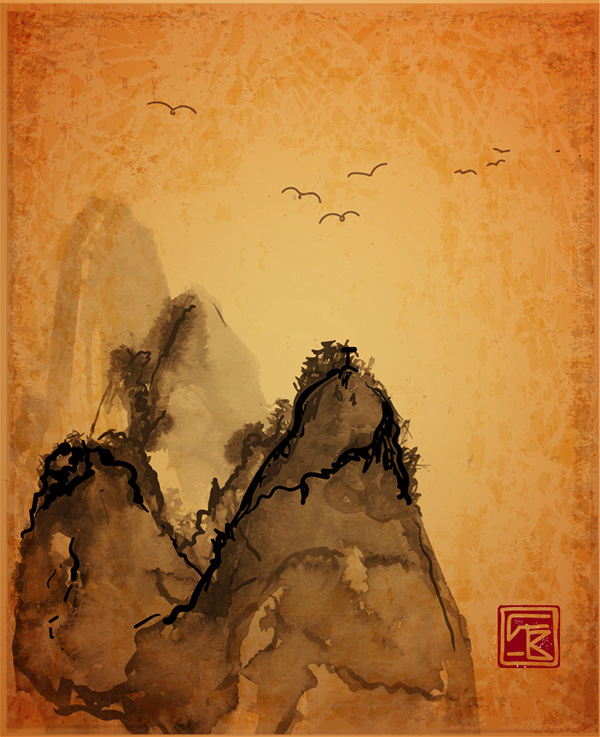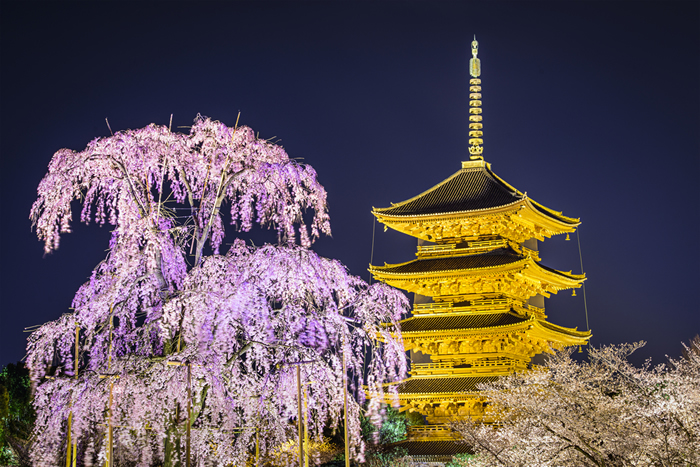
Aesthetics
Aesthetics is the branch of philosophy that deals with beauty, particularly as it relates to the arts. It looks at the nature of beauty, as well as its principles and qualities. An aesthetic defines the specific ideas one person, group, or culture holds about beauty. Vast differences in definitions of beauty exist within and across cultures; thus, in order to comprehend and appreciate music and art from another culture, one must set aside one's own aesthetic judgments and pre-conceptions. Approaching art from the perspective of the culture that produced it is a powerful learning tool.
Many Japanese art forms, including music, calligraphy, painting, martial arts, and tea ceremony incorporate Zen practice. Although high-caliber Zen art requires mastery of technique, its most important aesthetic principle is harmony. Outward technique by itself is not art; technique evolves as the artist reflects and grows spiritually. According to Zen, true artistry and skill lies in expressing the human soul rather than in perfecting of form and shape.
Hōgaku developed primarily in the isolation of Japan's Edo period. Interconnected and sometimes overlapping aesthetic principles influenced the shape, style, form, and timbre of hōgaku. Such principles include reverence for nature, wabi-sabi, yūgen, geido and ma, which are defined and described below.
Because the Japanese revere nature, they honor its implicit beauty. Their Aesthetics, which derive from Shinto tenets, can be seen in the magnificent plant gardens and rock gardens scattered throughout the country. The same principles can also be heard in their music.
Wabi-sabi refers to the poetic beauty of simplicity and harmony. This aesthetic principle reveres authenticity above all, accepting impermanence and imperfection as humble, unconventional beauty. The concept of wabi, originally implied the loneliness of living in nature, removed from society. It represents tranquility, aloneness, and deep solitude. Sabi is appreciation of the past; the worn surface of older things connects to the past in a way shiny modern technology cannot. Older things, which tend to be made from natural materials, emphasize our intimate connection to the natural environment.
The aesthetic principle of yūgen, or grace, suggests an imaginative, ineffable, and profound perception of our three-dimensional world. We will see evidence of yūgen particularly when we explore theatre art of Noh. The gracefulness of highly stylized movements in music and dance takes years to achieve.
Rigorous discipline teaches Geido, or the way of the art. Geido says that the way art is created is just as important as the end result. Japanese music, theater, and visual arts require many years of rigorous practice of form, or kata. Performers master form and movement in order to appear more fluid and natural to their audience. In their speed, accuracy, and endurance, highly trained taiko drummers demonstrate the physical discipline Japanese music requires.
Ma is the importance of emptiness. Ma may refer to the emptiness within a piece, a home, a garden, or a painting. In music it can be the space between phrases or the space between beats. For instance, the ma between musical phrases played on the shakuhachi, a Japanese end-blown flute, allows the sound to breathe. This space between the notes is as important as the notes themselves.





Although Bon is a religious festival in Japan, most Bon dancing songs are now secular in nature.






